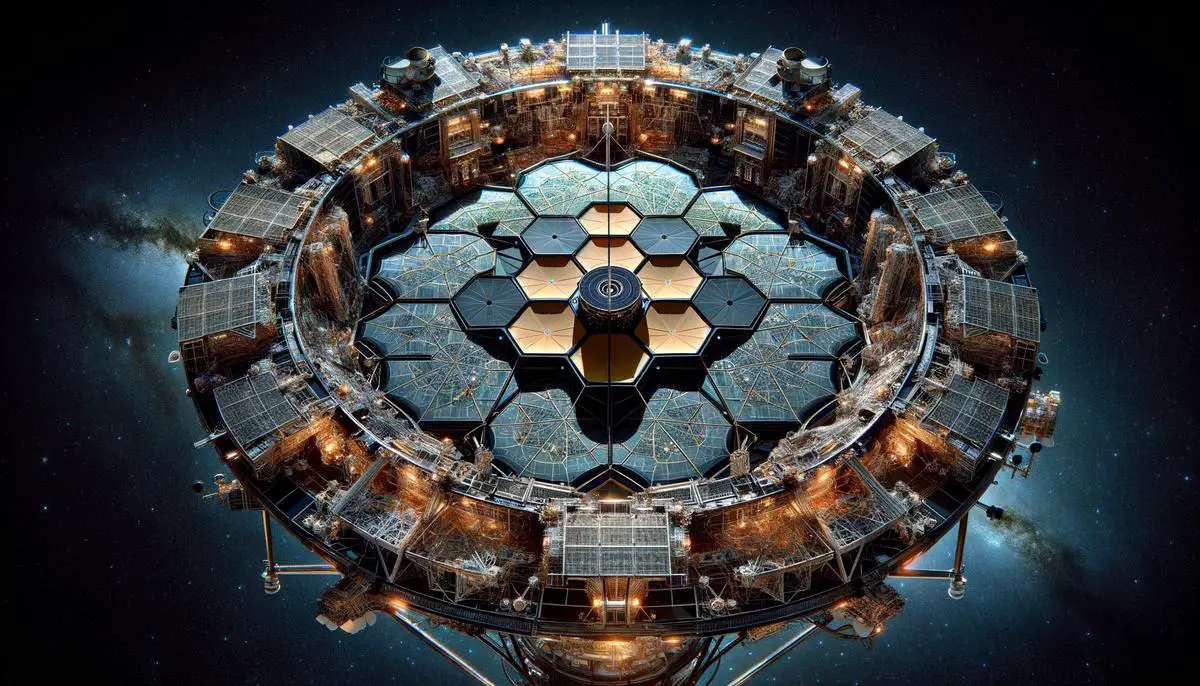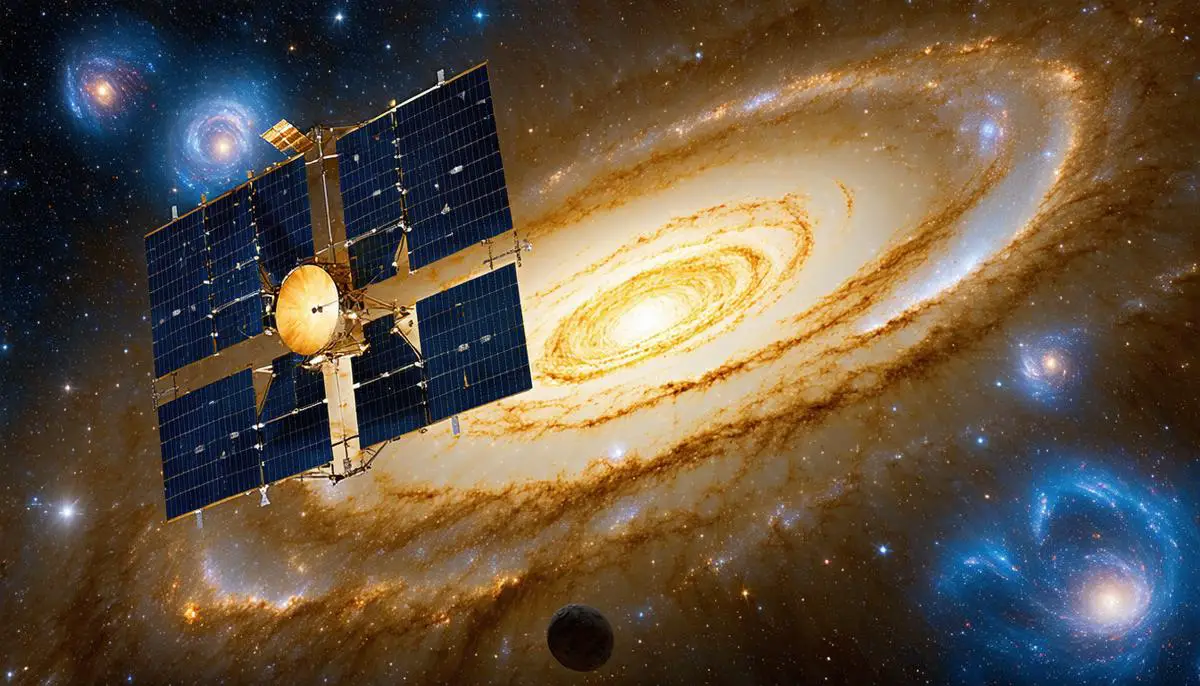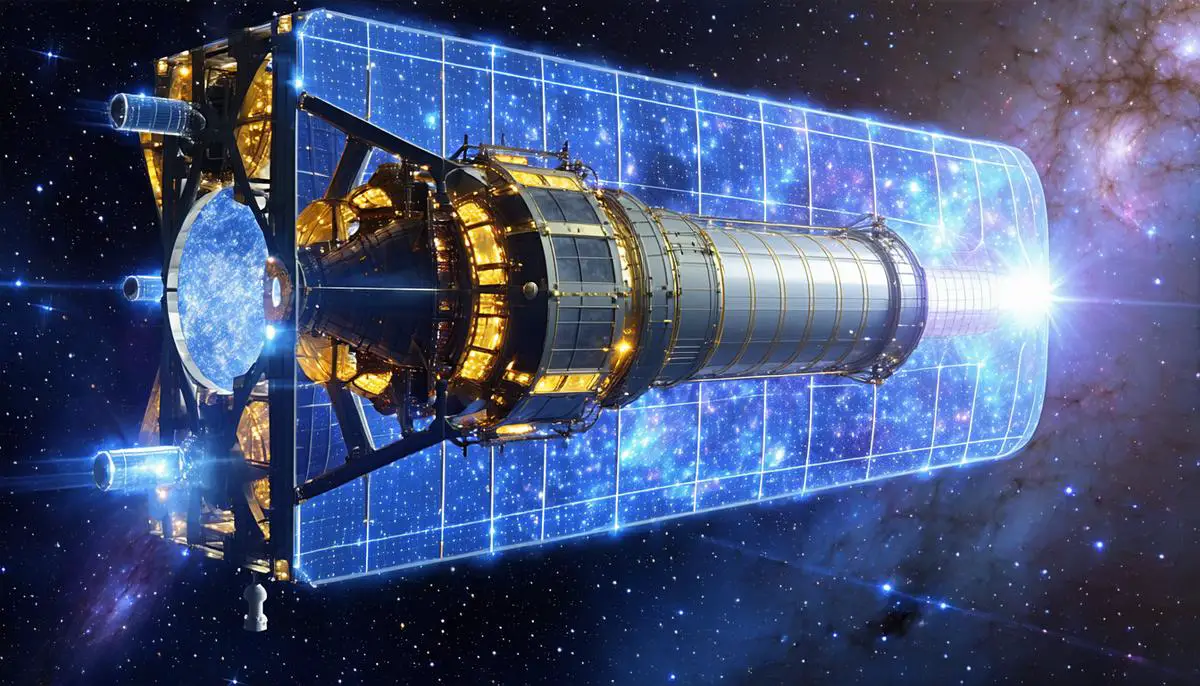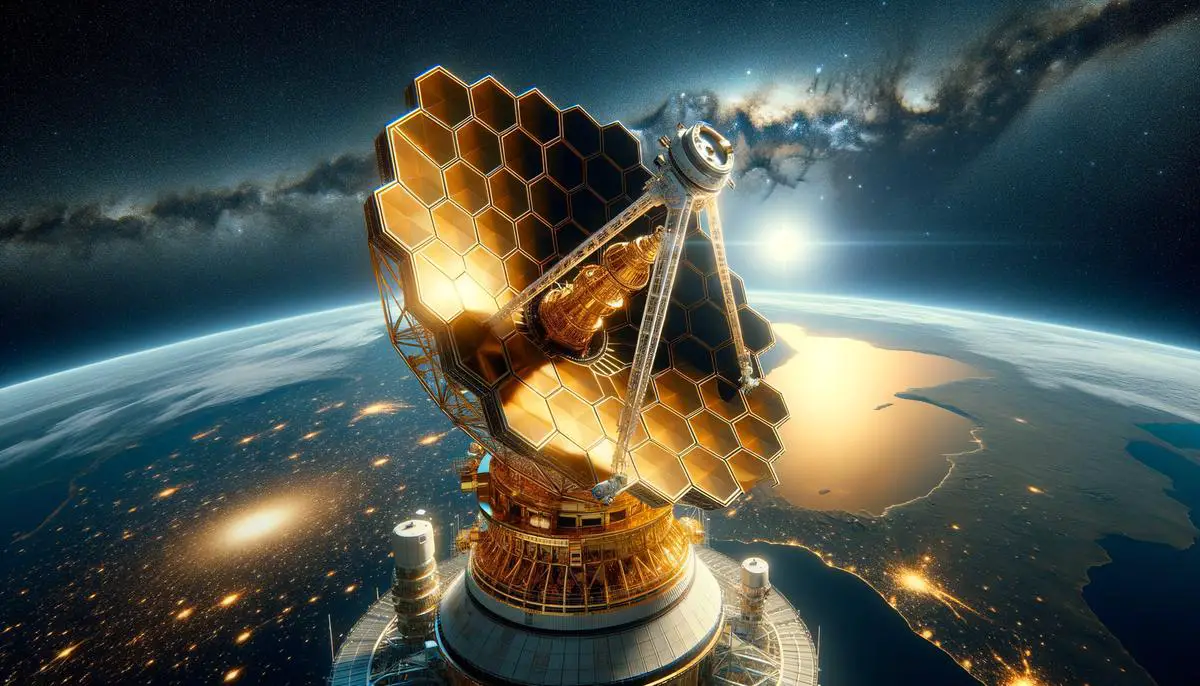Infrared Capability and Wavelength Range
The James Webb Space Telescope (JWST) and the Spitzer Space Telescope represent significant advancements in exploring the cosmos with infrared technology. Spitzer examines infrared at shorter wavelengths, between 3 and 180 micrometers, revealing the universe's warm glow invisible to visible light. JWST surpasses its predecessor by covering a range from 0.6 to 28 micrometers, allowing it to observe the distant past, including the earliest galaxies.
JWST bridges visible and infrared areas, focusing on crucial 1 to 5 micrometer windows—key for observing the formation of the universe's first stars. It provides comprehensive coverage for longer wavelengths, extending beyond Spitzer's capabilities. The instruments aboard JWST are essential in assessing objects obscured at other wavelengths, giving scientists their first glimpse of these hidden entities.
JWST's larger mirror greatly enhances resolution and light-gathering ability, elevating its detectors to new levels. This advancement promises deeper insights into distant galaxies, newborn stars, and cosmic phenomena, expanding our reach into the unknown depths of space.
Technological Advancements and Design
The James Webb Space Telescope introduces significant technological improvements over its predecessor, Spitzer. A key difference is the mirror size:
- Spitzer: 85-centimeter primary mirror
- JWST: 6.5-meter segmented mirror
This substantial increase allows JWST to collect more light, improving its resolution and ability to capture faint celestial objects.
JWST's innovative segmented mirror design, composed of 18 hexagonal segments primarily made from beryllium, allows the telescope to be folded for launch and precisely aligned in space. Supporting this mirror is an intricate sunshield, comparable in size to a tennis court, which maintains the temperature-sensitive instruments aboard JWST. The sunshield's five layers of Kapton material shield the telescope from the Sun's heat and light, maintaining the ultracool environment required for its infrared detectors.
JWST's instrument suite includes:
- Near Infrared Camera (NIRCam)
- Near Infrared Spectrograph (NIRSpec)
- Mid-Infrared Instrument (MIRI)
- Fine Guidance Sensor/Near Infrared Imager and Slitless Spectrograph (FGS/NIRISS)
These instruments collectively provide a comprehensive toolkit for various astronomical observations, enabling detailed analysis of stellar nurseries, exoplanet atmospheres, and ancient galaxies.
The telescope's cooling system uses a combination of passive cooling via its sunshield and an intricate cryocooler for its MIRI system, maintaining a suitably low operational temperature to sense faint heat signals without interference.

Scientific Goals and Discoveries
The James Webb Space Telescope (JWST) builds upon the foundation laid by the Spitzer Space Telescope, aiming to transform our understanding of the cosmos. While Spitzer provided insights into star formation and the chemical composition of distant galaxies, JWST's enhanced capabilities allow it to pursue more ambitious scientific goals.
A primary objective of JWST is to observe the formation of early galaxies, extending beyond Spitzer's reach. Its enhanced sensitivity and resolution allow it to discern the faintest glimmers of the universe's infancy, targeting previously unattainable redshift ranges to reveal the circumstances of galaxy assembly and evolution within the first few hundred million years after the Big Bang.
In studying exoplanet atmospheres, JWST advances the quest for understanding the habitability of distant worlds. Its advanced spectroscopic capabilities aim to decode the complex atmospheres of potentially habitable rocky exoplanets, analyzing their chemical makeup and measuring atmospheric pressure and weather patterns.
JWST also builds upon Spitzer's work in cosmic star formation. Its enhanced instruments capture star-forming regions with exceptional precision, revealing finer details of star birth and the role interstellar environments play during star development.
"The power of JWST also extends to studies of our neighboring planets, exploring the Kuiper Belt, and probing exoplanets and their atmospheres using infrared spectroscopy."
By expanding on Spitzer's foundational data and exploring new territories, JWST stands to transform our grasp of the cosmos, continuing the legacy of discovery and the ongoing quest for knowledge in infrared astronomy.

The James Webb Space Telescope represents a significant advancement in space observation technology, expanding our ability to explore and understand the universe. Its enhanced capabilities promise to reveal cosmic phenomena that were previously beyond our reach, building upon the legacy of its predecessors in infrared astronomy.
Exciting developments: Recent proposals have emerged to potentially resurrect the Spitzer Space Telescope, which could complement JWST's observations and provide additional infrared coverage from a different vantage point in space.
As we look to the future, the possibilities for even larger and more advanced infrared telescopes remain an intriguing prospect for astronomers and space agencies alike.

- Gaspar A. Twitter post comparing WISE, Spitzer, and JWST images of the Large Magellanic Cloud. 2022.
- Perrin M. Twitter thread on JWST's optical performance. 2022.
- Rhea Space Activity. Press release on Spitzer Space Telescope resurrection proposal. 2023.
![]()
